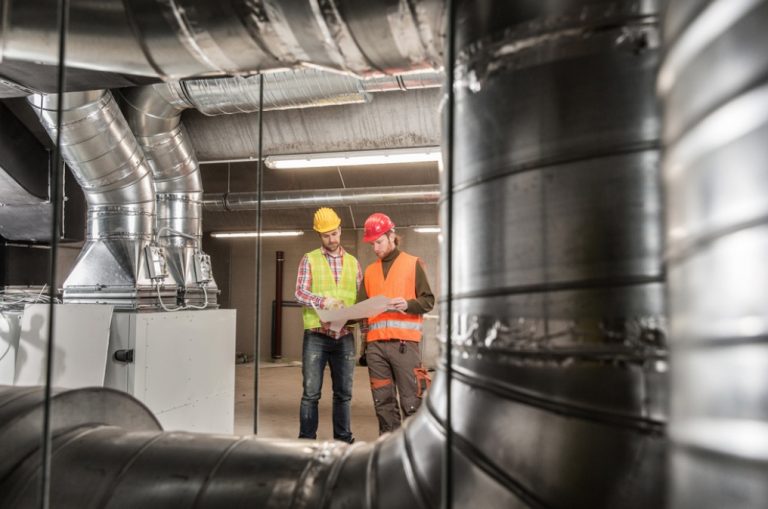Have you ever thought about what makes our homes and other buildings habitable?
More specifically, what makes our interiors warm and cozy in winter and cool and comfortable in the hot summer months? How does the plethora of wires, circuits, and cables required for heating and lighting become a neat design that doesn’t interfere or conflict with other elements of the electrical design? And what about complex, plumbing requirements that are required for hot and cold water systems?
These are all basic requirements in any building and they are not only vital for functionality, but also for our well-being and health.
While architects and designers plan how our homes, offices, and other buildings will be constructed, mechanical, electrical, and plumbing (MEP) engineers are responsible for the way buildings work. Without efficient MEP systems, building performance may be severely compromised. Furthermore, it is vital that all the relevant standards and codes are complied with.
Mechanical Engineering Systems
Mechanical engineering systems control cooling, heating, and ventilation. Picture: Shutterstock
The best known mechanical engineering systems are related to heating, ventilation, and air conditioning (HVAC) equipment, but they also incorporate the pipes, ductwork, vents, and other essential elements that enable HVAC equipment to work.
A good, properly engineered HVAC system will maintain humidity and temperature levels within a healthy range that provides sufficient fresh air which also creates a comfortable living environment. Well designed mechanical ventilation will also minimize pollutants in the air.
Because these systems are highly complex, companies offering mechanical engineering services use sophisticated software and compute programs to speed up the design process and ensure that the results are 100% compliant and energy-efficient.
Another factor which many people don’t realize is that over-engineering HVAC and other systems can result in problems. Qualified mechanical engineers with the relevant experience are able to ensure that unnecessary problems are negated. One common problem is relative humidity, which should be maintained at between 30 and 60%. If it is lower, skin and airway irritations often occur. If it is too high, bacteria and mold can grow, which results in quite nasty health effects.
Electrical Engineering Systems
An electrical circuit. Picture: Shutterstock
Even though electrical systems take up considerably less space than mechanical engineering systems, they need to be designed by professionals, most of whom use sophisticated design software to lay out conduits and wiring to avoid conflicts with mechanical and plumbing engineering systems. In fact, many MEP engineers specialize in clash detection and frequently offer cutting-edge BIM solutions for clash detection.
Lighting is of primary importance in electrical engineering systems and designers must consider a myriad of elements including energy efficiency. For instance, in addition to the fundamental elements of lighting, including types (general, task, and accent lighting), and the various light source options, they need to consider the color and brightness of light, both of which have a powerful visual impact.
Lighting design software like DIALux enables engineers and lighting designers to customize their energy efficient lighting designs and meet individual customer needs concerning lighting levels and ambiance. DIALux, in particular, incorporates computerized 3D models that show accurately what the proposed lighting system will look like in the building.
But, of course, heating, cooling, and HVAC in general often rely on electricity to operate, which is why MEP engineers who specialize in mechanical, electrical, and plumbing systems are the professionals of choice for these systems. Alternatively, individual mechanical and electrical engineers need to work together very closely during the design process.
The way it works is that mechanical engineers determine the capacity of equipment, calculate heating and cooling loads, and so on, while electrical engineers design the circuits that enable the equipment to be used efficiently and safely.
Plumbing Engineering Systems
Sanitary plumbing system for a condominium. Picture: Shutterstock
Plumbing engineering systems are equally complex and also need to be designed so they are compatible with the other engineering systems, namely those discussed above.
Plumbing systems provide a constant supply of water – both hot and cold – as well as providing a means to remove wastewater and sewage.
Pipework can be complex in high-rise buildings and it is vital for engineers to optimize the size of pipes used. Hot water systems must also be reliable and energy-efficient. Water conservation measures are also important.
MEP design software is commonly used for plumbing systems too.

0 Comments